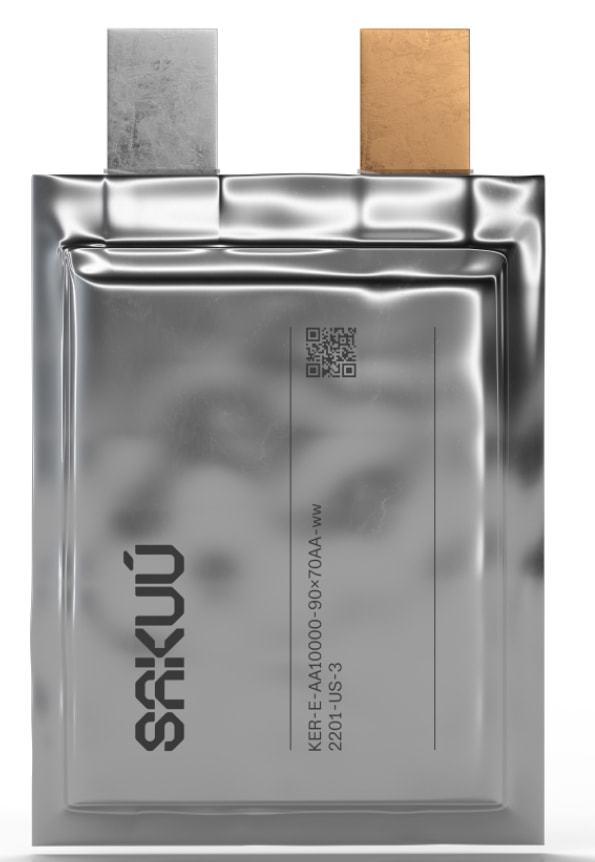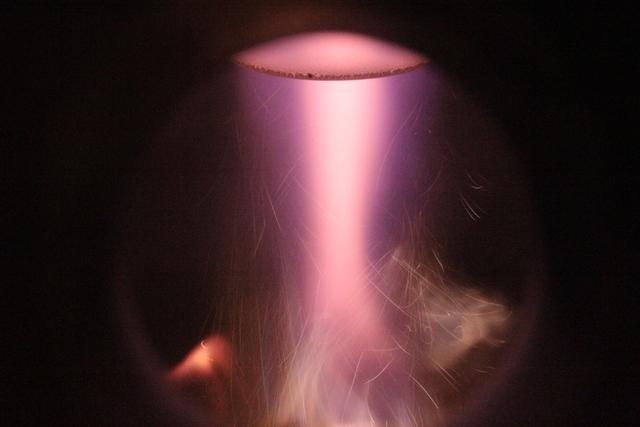At present, many companies around the world are trying to develop 3D printed batteries and expect to bring them to the market.
Although the market for 3D printed energy devices is still in its early stages of development, a number of companies are already trying to commercialize the technology. For example, Swiss investment firm Blackstone Resources aims to bring a new 3D printed sodium-ion battery to market by 2025. Solid-state battery technology developer Sakuu Corporation (formerly KeraCel Inc.) also intends to launch high-performance 3D-printed batteries in 2023. Previously, the company revealed that its first-generation non-printing lithium metal battery reached an energy density of 800Wh/L (that is, 800 watt-hours of energy per liter of lithium-ion battery electrolyte), which will help the company to achieve full 3D printed high-performance solid-state batteries.

Sakuu solid-state batteries, pictured by SakuuCorporation British 3D printer manufacturer Photocentric also joined the aforementioned ranks. The company has established a dedicated battery research and development department to design energy-efficient storage devices containing 3D-printed battery electrodes, and plans to use its technology to produce economical fuel cells for Tesla’s future Giga factory. According to research institute Strategic Market Research, the 3D printed battery market is expected to expand at a compound annual growth rate of 19.53% from 2020 to 2030. Continued growth in demand for energy storage, developments such as wearables and Internet of Things (IoT) sensors are driving the growth of the 3D printed battery market. Specifically, the increasing demand for energy-efficient batteries is a major factor driving the growth of this market. According to the International Renewable Energy Agency (IRENA), the world needs around 150 gigawatts of battery storage to meet its aspirational goal of generating nearly 45 percent of electricity from renewable sources by 2030.
In terms of end-users in the 3D printed battery market, the “energy storage devices” segment holds a larger market share. Energy storage devices can be widely used in different fields such as laptops, mobile phones and electric vehicles. Global EV sales will be around 6.75 million in 2021 and around 9.5 million in 2022, a 108% increase compared to 2020.

With the rapid development of the electric vehicle industry, lithium-ion batteries are still an indispensable part of the industry. The U.S. imported more than 140,000 tons of lithium-ion batteries in the first quarter of 2022, an increase of 153.9% from the previous quarter. During the quarter, 77.5% of U.S. lithium-ion battery imports came from China. Therefore, American companies have also begun to explore 3D printing battery technology to further reduce their dependence on imported materials.
Picture from 6K Company In May this year, 6K, an American 3D printing material developer, successfully raised US$102 million in Series D financing to expand the production capacity of 3D printing metal powder and lithium battery cathode materials, so as to respond to the rapid demand for lithium ion batteries. increase. Aaron Bent, CEO of 6K, said, “The lithium-ion battery market will grow 10-fold over the next 10 years due to the growth of electric vehicles and the need for critical infrastructure such as telecom backup, data centers and power plants.”
The internal picture of UniMelt plasma technology system, the picture comes from 6K company The products of 6K company in the United States mainly revolve around its unique UniMelt plasma technology. In the production process of the material, the process can convert the recycled raw materials into 3D printing metal powder, effectively replacing the traditional process of gas atomization or plasma atomization. The company says its process can improve sustainability and productivity, and reduce costs. The aforementioned technologies are used to develop lithium-ion battery materials following the establishment of a center of excellence in April 2021 by the 6K energy division. With its plasma technology, the company says it can directly control the physical and chemical particle properties of metal powders, helping to design more economical battery packs for electric vehicles.
To this end, 6K had raised $51 million to develop battery materials, acquired a special metallurgical products company, and cooperated with lithium mining giant Albemarle to develop batteries. In August this year, 6K will spend $30 million to establish a battery center of excellence and advance the first battery cathode factory with a planned capacity of 10 to 20 gigawatt hours, and start production in early 2024.
“This innovative technology will contribute to the energy transition and the optimization of the battery value chain.” Jeremy Bezdek, general manager of Koch Strategic Platforms (KSP), a subsidiary of Koch Investment Group, believes that 6K has created a transformative battery A material production and recycling ecosystem that provides a universal technology that enables full production using a wide range of chemicals.
But overall, the market for 3D printed energy devices is still in its early stages.
On the domestic front, Changchun Jiaotong University High Energy Technology Co., Ltd. is also one of the first industrialized enterprises in the world to carry out 3D printing battery technology. It is reported that the company has self-developed 3D printing battery technology and digital intelligent manufacturing solutions based on 3D printing technology to innovate the manufacturing process of positive and negative electrodes of batteries through 3D printing. In December 2021, Jiaotong University High Energy obtained a patent authorization for “a 3D printing device for lithium-ion battery cathodes for composite materials”.



GIPHY App Key not set. Please check settings